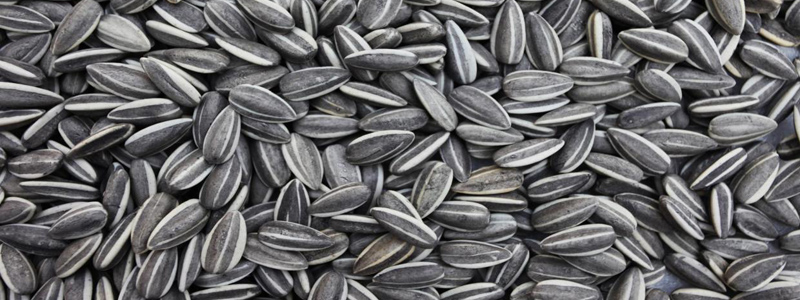100,000,000, curated by Stephanie Anderson
100,000,000, Curated by Stephanie Anderson
The Bookcase, JI_VAC, 201 Opening: October 18, 2017
When visitors walked into Tate Modem's Turbine Hall in October, 2010, they encountered a vast sea of grey. 100,000,000 porcelain sunflower seeds carpeted the floor of the hall, commissioned by the controversial Chinese artist Ai Weiwei and titled, simply, "Sunflower Seeds." What may not have been immediately recognizable, however, were the conditions of production for this sublime spectacle. Meticulously hand-crafted over two and a half years by 1600 (mostly female) workers in Jingdezhen (often referred to as the porcelain capital of China), Ai Weiwei's piece was an index of thousands of years of locally-honed hand-skill, passed down through generations of workers. In supplementary material accompanying the piece, the artist highlights this immense labor, and yet, it's been noted that the workers were notably absent from the sphere of the artwork, consigned to the realm of production while excluded from the discursive sphere in which the meaning of the work was produced and interpreted)1
The seeds displayed in >100,000,000 have never seen the inside of Tate Modem's Turbine Hall. Rather, they are part of the large surplus of seeds that remained after Ai Weiwei's commission was complete. While Ai Weiwei's seeds were sold through Sotheby's for millions of dollars, these seeds-unblessed by the authorial hand of the artist-were sold cheaply by locals on the streets of Jingdezhen and auctioned on Ebay in an effort to profit from the residual aura bestowed by their connection to the famous work. Circulating in a different circuit of exchange left behind in the wake of the exhibition, they find themselves on par with other market goods sold by those struggling to find work in Jingdezhen's suffering industrial economy.
Zheng, Bo. "From Gongren to Gongmin: A Compartive Analysis of Ai Weiwei's Sunflower Seeds and Nian." Joural of Visual Art Practice No. 11, Vol. 2/3 (2012): 117-133.







